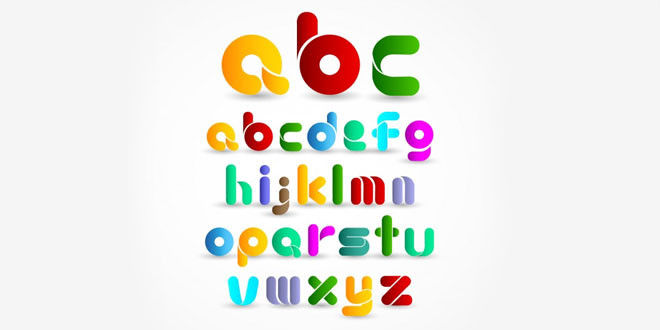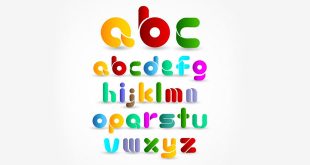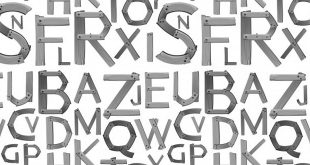What Are Demonstrative Adjectives
Understanding Demonstrative Adjectives
Demonstrative adjectives are primarily adjectives which indicate specific items. They point out the words that have either been omitted in a sentence or need to be stressed upon. In English, there are varied forms of demonstrative adjectives depending upon the number of items and the places where they are located. They are used directly in front of the noun, with no article. The most common demonstrative adjectives in English language are: this, that, these and those. They are also known as demonstrative pronouns or determiners, depending upon their function in a language. ‘This’ and ‘that’ are singular while ‘these’ and ‘those’ are plural. Hence, they also point out whether the noun is singular or plural.
Let us have a closer look:
- What do you think of this sweater?
- And you might reply, I don’t like that sweater.
- These were thy charms… but all these charms are fled.
- Those are the people who kicked me yesterday.
‘Yon’ and ‘yonder’ are two other demonstrative adjectives which have now fallen out of usage. These words show greater distance between the speaker and the physical object.
- The dog is sleeping in YON shed.
- The workers are fixing YONDER shed.
‘Former’ and ‘latter’ are also used as demonstrative adjectives.
- The former CEO of Biztech was Michael Rogers.
- The latter option will cost us a lot less money.
Function
Demonstrative adjectives designate a specific noun as opposed to a general noun with a preface of ‘a’, ‘an’ or ‘the’. It makes the reader understand which item is being referred to in a sentence. In some cases, it also forms a psychological image of the speaker or shows a specific noun in question.
- I want THAT pair of pants.
- THIS shirt is not clean.
- THOSE shoes do not match.
- THESE towels smell funny.
It also establishes the distance from the speaker. While ‘this’ and ‘these’ refer to close objects, ‘that’ and ‘those’ indicate some distance from the physical object.
- I want THIS box moved to THAT room.
- I want THESE things gone by the time THOSE are arranged.
Demonstrative adjectives, ‘those’ and ‘that’ indicate an assumed ‘over there’ in the statements.
- THAT clock (meaning the clock over there) needs to be adjusted.
- THOSE clothes (meaning the clothes over there) need to be folded and put away.
Demonstrative adjectives are always followed by a noun which is being referred to as in the example,
- I love those chocolates.
Pairs
The above mentioned are not the only demonstrative adjectives in English language. Also included in the list are pairs like ‘the one’ & ‘the other’ and ‘the former’ & ‘the latter’. These are used in pairs with reference to two objects of a sentence. Following are some of the examples of demonstrative adjectives,
- On the one hand, I had lots of homework to do while, on the other hand, the weather outside was too nice to keep me inside.
- The two options included buying a new house or renting a new apartment, the former option being preferable to the family, but the latter option being a lot less expensive.
Ordinal Numbers
There are sentences where ordinal numbers like ‘first’, ‘second’, ‘third’, ‘fourth’, ‘fifth’, etc, are used as demonstrative adjectives. In sentences, these ordinal numbers function like demonstrative adjectives.
- The first paycheck I received was for $500.
- The seventh day of the week is Sunday.
- In the late nineteenth century, the Civil War in the United States was fought.
Demonstrative Adjectives Versus Demonstrative Pronouns
Demonstrative adjectives modify a noun and answer the question ‘which’ regarding the noun. For example,
- This fruit is delicious. (Which fruit? This fruit)
- I hate those vegetables.
- Give me that dress.
Demonstrative pronouns are independent demonstratives which can stand on their own by replacing a noun as in these sentences,
- This is delicious.
- I hate those.
- This bag is mine; that is yours
These are simpler to use and very common in English. One of their main functions is to answer the question, ‘which?’ by directly pointing to a noun or pronoun. Besides answering this question, they also indicate the proximity of the speaker to the object or person that is being referred. Being a part of our daily conversations, demonstrative adjectives do not require an additional effort at understanding; a basic understanding of English grammar will do the job for you.
 Class Notes NCERT Solutions for CBSE Students
Class Notes NCERT Solutions for CBSE Students


